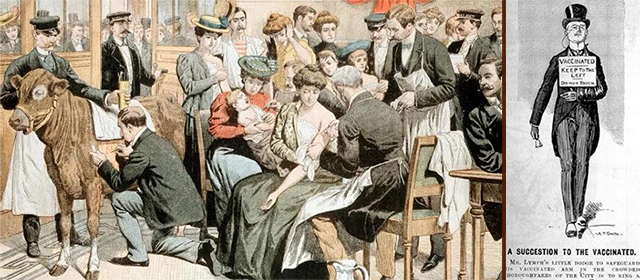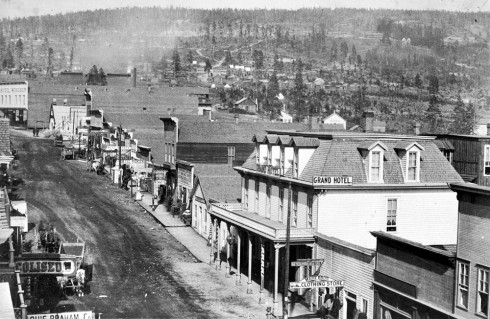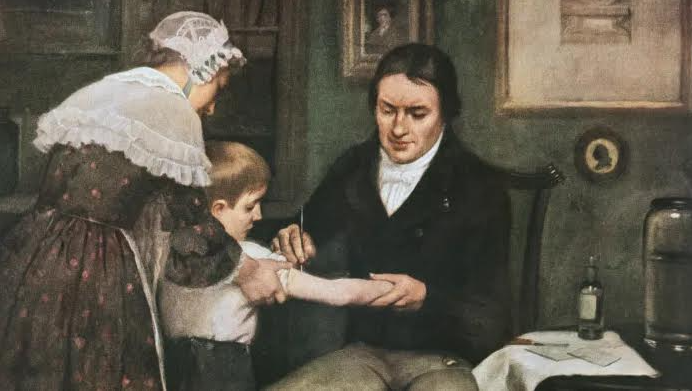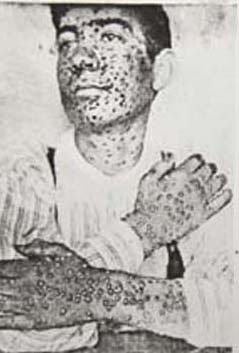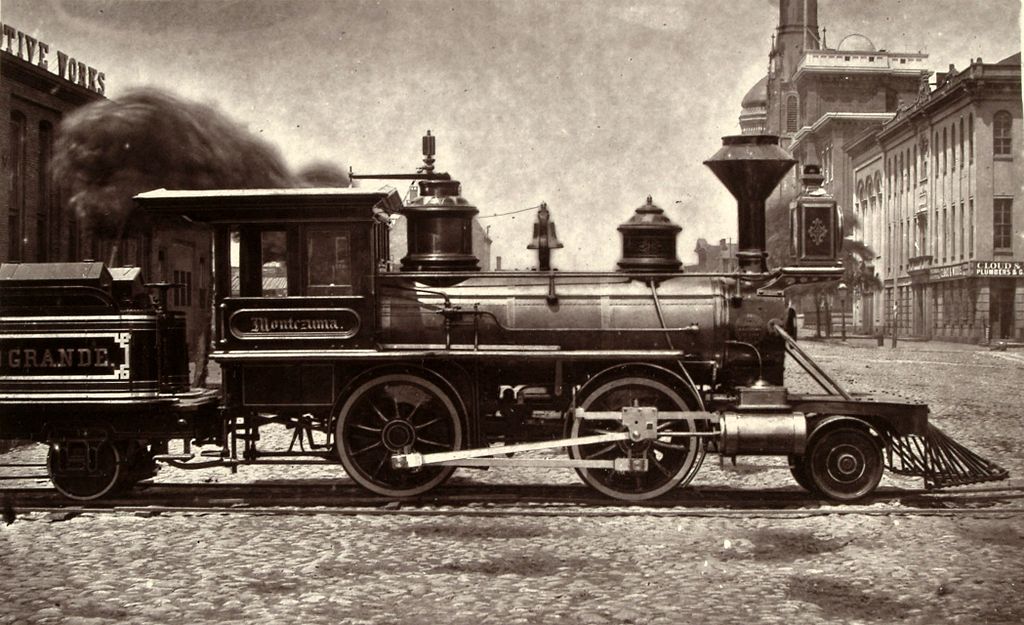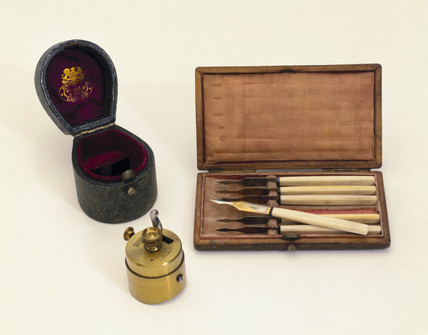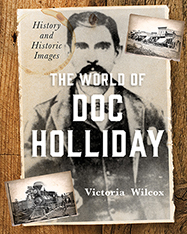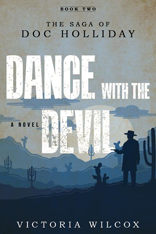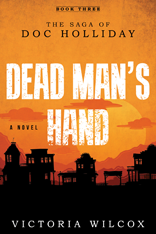Called the “Cloud City” because of its 10,000-foot elevation, Leadville, Colorado was both the highest city in the country and the richest silver camp in the world. By 1882, when Doc Holliday arrived, the Leadville mining district was producing $14 million worth of silver and the hills were warrened with mine shafts, cluttered with stamp mills, and overhung with the haze of smelters that never stopped burning. With all that money and a population of 40,000 and growing, Leadville seemed destined to take over Denver’s place as the state capital. The city’s main thoroughfare of Harrison Street was crowded day and night with coaches and carriages, ore wagons and delivery drays, foot traffic and fine horses and trains of burros bound for the mines. There were brick and stone sidewalks fronting tall business buildings, stores filled with every description of merchandise, a grand Opera House provided by Horace Tabor, and enough law offices to handle all the legal entanglements of claims and claim jumpers, mine deeds and multiple-owner partnerships. There were, in fact, nearly as many lawyers in Leadville as there were saloons—and there were nearly a hundred of those, making saloon-keeping the biggest business in town. And where there were saloons, there were all the lesser establishments that went along with them: gambling houses, dance halls, bordellos and opium dens.
But the booming population also brought sickness, with pneumonia and smallpox stalking the city. There was no defense against pneumonia, which Doc caught twice during his Leadville winters, but there was a way to avoid catching the highly infectious smallpox that had killed millions around the world: vaccination, first introduced in 1796 by English doctor Edward Jenner. The doctor had observed that milkmaids who caught cowpox didn’t develop smallpox when exposed to that disease, and so worked to develop a method of inoculation that first used fluid from cowpox blisters and then from smallpox blisters (the term vaccination comes from the Latin word for cow, “vaca”). In 1853, England made vaccination for smallpox mandatory, saving the population from the symptoms of the dread disease: fever, headaches, nausea, searing pain in the back and raw sores in the throat, and eventually an infectious rash all over the body with blisters that stretched the skin to bursting. Unvaccinated, one third of victims died.
So, when a smallpox epidemic threatened Colorado in the winter of 1882-83, the answer was scientific: mass vaccination. At Leadville, the Denver & Rio Grande Railroad took on the job, holding a mandatory vaccination day for all railroad workers and offering free drinks for everyone who complied. The liquor clinched the deal, the workers rolled up their sleeves, and the spread of the smallpox slowed with only sixty-nine lives lost to the disease in Leadville that year.
There is no record of whether Doc Holliday took advantage of the Denver & Rio Grande’s offer, but being a man of science himself as well as a gambler who liked to play the odds, he may very well have wagered on the vaccine. He later spoke of his two hard Leadville winters with pneumonia that left him weak and led to his only shooting affray in Colorado, but he never mentioned being ill with smallpox, the worldwide scourge that Dr. Jenner’s vaccine helped to eradicate.
Click the book cover below for more info or to order.
